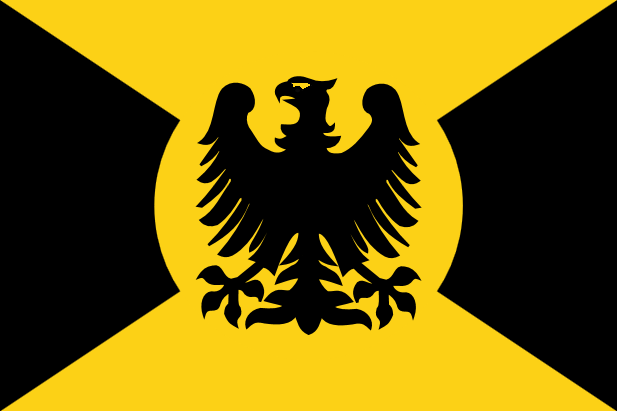Silvetia

The Republic of Silvetia is a federation of city-states along the Schwarzwasser river south of the Lonian League.
Government
t.b.d.
History
From its earliest recorded history, the Duchy of Silvetia was a member of the Lonian League and a de facto vassal thereof. Officially, the Lonian League as a merchant republic could not have vassals though, having made Silvetia de jure an independent duchy. The ensuing grey area was liberally exploited by all parties in order to secure the best possible deals in foreign relations, trade treaties and political power struggles of the various factions. As a duchy, the Duke of Silvetia was the sole ruler in all matters except for foreign relations, which were semi-officially handled by the Lonian League. However, the Duchy was made up of a number of powerful counties, which was why the Duke regularly summoned the nobility to a Landtag (state diet) in order to discuss vital decisions and general strategic directions. Apart from the nobility, the economic power of the burghers of the larger cities rose steadily. Both Schwarzbrücken and Kosel had a city council at the head of the day-to-day politics. Representing almost half of the annual income of the entire duchy, these councils were almost always invited as guests to the state diets, even though they had no official vote there. Official currency is the Lonian Guilder. The only sea port accessible to the local merchants is Rungholt, and all ships going there have to pass through Lake Lone which is guarded by the Lonian capital. However, being a member of the Lonian League, Silvetan merchants do not have to pay the usual tolls and taxes, which is a major boon to the Silvetan trade businesses.
When Duke Micha I (The Mad) tried to curb the power of the burghers with a series of arbitrary court edicts, the burghers demanded a state diet to be held. Instead of simply refusing this demand, the Duke ordered all of the leaders of the burgher faction executed, which quickly escalated into a civil war. With the involvement of the Lonian League on behalf of the Duke, the civil war became a war of independence and political change, known as the Silvetian Revolution.
Religion and Culture
When the Sotiran faith spread rapidly throughout the continent, the Silvetan counties had been devastated in the civil war and could not afford to lose any more of their manpower base. While the Sotiran Church had been declared official state religion, religious freedom was guaranteed for rulers, citizens and visitors. This ended the civil war in Silvetia and attracted a number of religious refugees from neighbouring realms. Today, religious festivities from both major faiths as well as a few foreign practices are widely celebrated and provide plenty of opportunity for drinking, feasting and dancing.
On work days, the Silvetan citizens take pride in their proverbial industriousness though. There is a deep-rooted desire in the heart of Silvetan artisans, artists, jousters, cooks, miners and basically everybody else to outdo the neighbours of the much larger and richer Lonian League. Regular trade fairs are held to display Silvetian goods and art, usually in comparison to Lonian ones.
Geography
The Republic of Silvetia claims the relatively flat, densely forested land south of Lake Lone, west of the Silvetian Mountains (Archadian: Silvam Montes, also known as Dämonenkamm, meaning Demon's Ridge) and north of the Great Central Mountain Range. The main defining features of said territory are the mountain ranges and the river Schwarzwasser (Archadian: Silveta), the latter being the main means of transportation and thus trade of the duchy.
Economy
Main exports of the Republic include raw metals, metalware, weaponry, armor, timber, beer and juwelry. Main imports are spices, grain, wine, fruit, cloth and pottery.